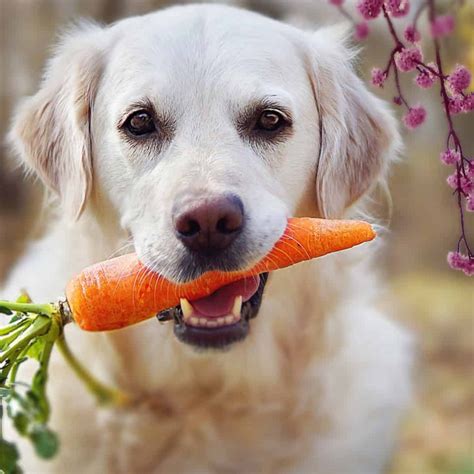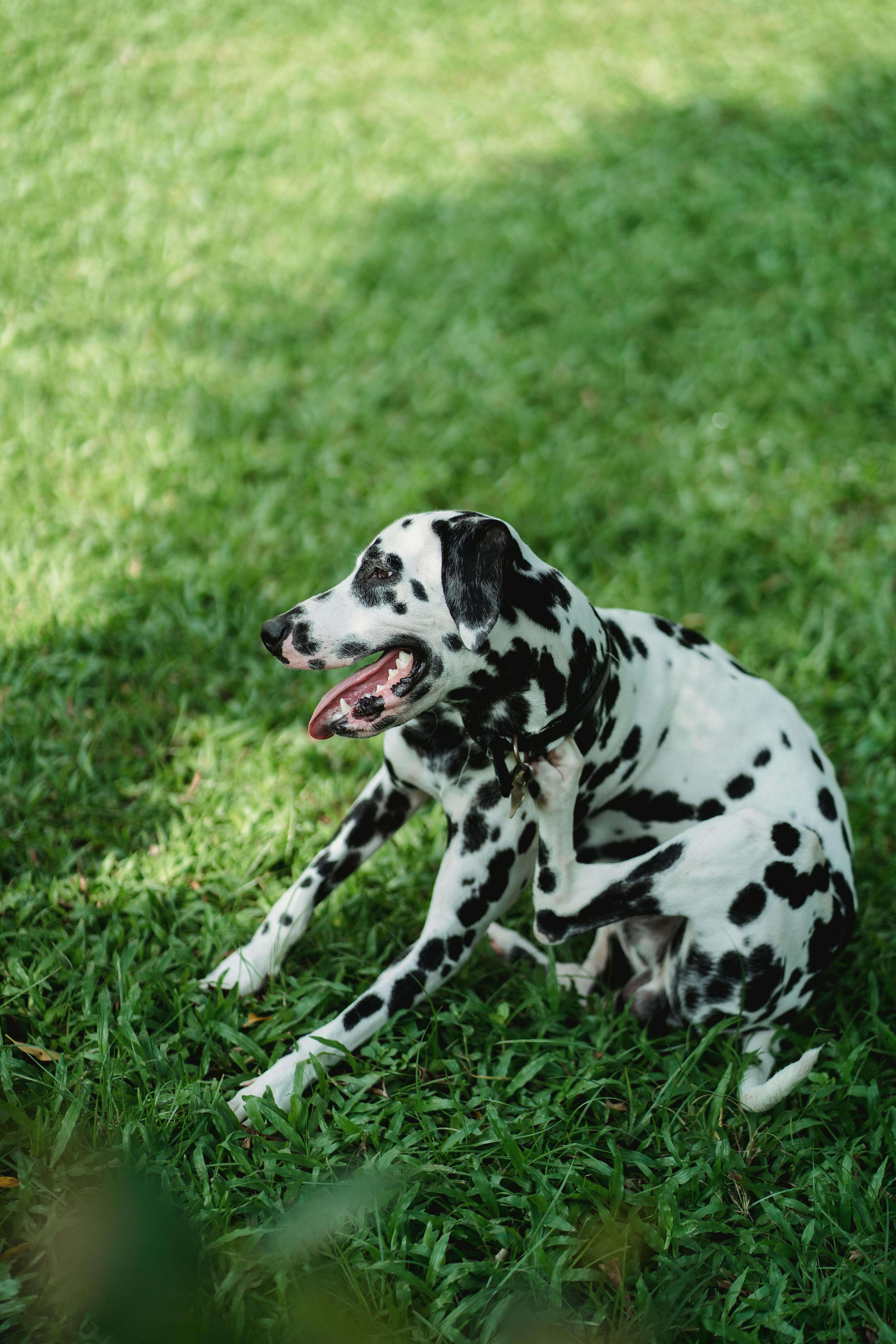As the weather warms and your dog starts spending more time outdoors, it’s the perfect opportunity to reassess their diet. Just like humans, dogs benefit from seasonal adjustments to their nutrition—especially after a long winter of slower activity, heavier foods, and indoor routines.
Here’s how to smoothly transition your dog’s diet for spring, improve digestion, and keep them feeling their best.
1. Why Dogs Need a Spring Diet Reset
During winter, many dogs consume more calories and spend less time moving. With spring comes increased activity, longer walks, and more stimulation. A lighter, nutrient-balanced diet helps support:
- Improved digestion and gut health
- Weight management as exercise increases
- Detox from heavier, winter-rich foods
- Better energy, mood, and immune function
2. Introduce Seasonal Ingredients
Spring is a great time to add fresh, seasonal, dog-safe ingredients into your pup’s meals. These support hydration and provide key nutrients:
- Pumpkin – Supports digestion with natural fibre
- Carrots – Rich in beta-carotene and low-calorie crunch
- Blueberries – Natural antioxidants for immune support
- Lean proteins – Turkey, chicken, or white fish help fuel active dogs
Make any ingredient changes gradually, and avoid introducing too many new foods at once.
3. Support the Gut with Pre & Probiotics
A healthy gut is key to a happy, active dog. Seasonal changes, dietary adjustments, and increased exposure to outdoor bacteria can affect your dog’s digestion.
Pupps Pre & Probiotic Treats are designed to:
- Balance healthy gut bacteria
- Reduce gas, bloating, and bad breath
- Promote regular bowel movements
- Support immunity from the inside out
They’re especially helpful during spring transitions when digestive upsets are more common.
4. Watch for Seasonal Food Sensitivities
Spring can bring about environmental allergies that may affect your dog’s digestion and appetite. Watch for signs such as:
- Excessive licking or chewing
- Loss of appetite
- Itchy ears or skin
- Soft or irregular stools
If symptoms appear, simplify your dog’s meals and reintroduce ingredients slowly. Use digestive supplements to aid their recovery.
5. Keep the Transition Gradual
Whenever you're changing your dog's food—whether it's a new brand, fresh add-ins, or a lighter formula—take your time. A typical transition should happen over 7–10 days:
- Day 1–2: 75% old food, 25% new food
- Day 3–5: 50/50 mix
- Day 6–7: 25% old, 75% new
- Day 8+: 100% new food
This helps prevent stomach upsets and ensures a smoother adjustment.
Final Thoughts: Spring Into a Healthier Diet
Spring is a time of renewal—for your home, your habits, and yes, even your dog’s diet. By making simple seasonal shifts and supporting digestion with pre and probiotics, you set your pup up for vibrant health and more tail-wagging adventures.
Want to support your dog’s digestion this spring? Try Pupps Pre & Probiotic Treats for a simple, tasty way to promote gut balance and overall wellness.




Leave a comment
This site is protected by hCaptcha and the hCaptcha Privacy Policy and Terms of Service apply.